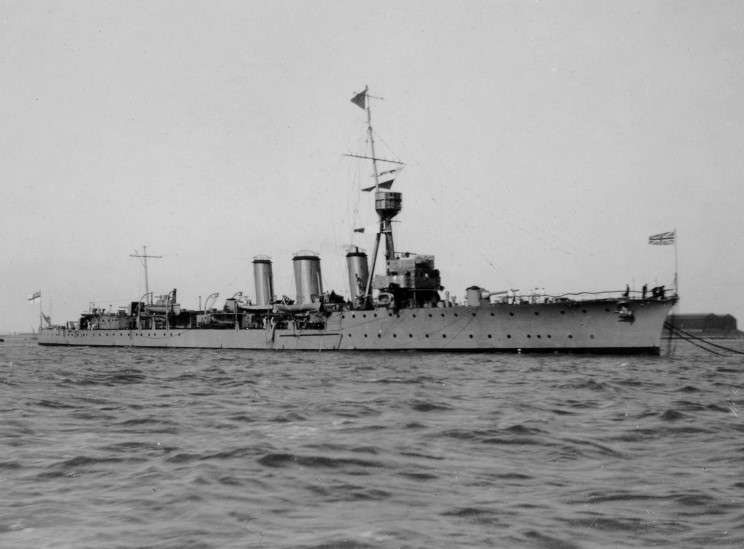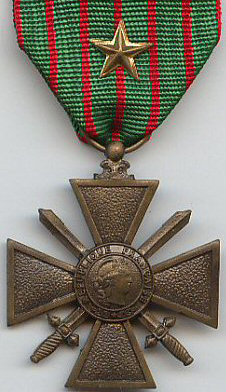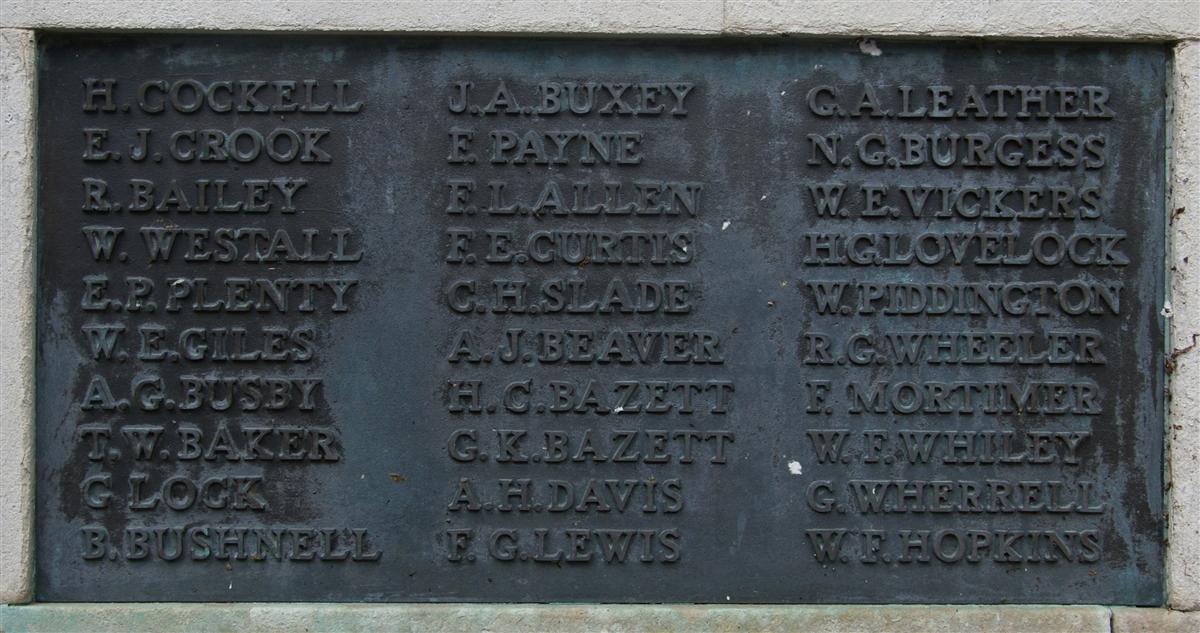Nathaniel Gordon Burgess
Temporary Lieutenant Nathaniel Gordon Burgess, Royal Naval Reserve.
Nathaniel was born in Hinckley, Leicestershire on 12 March 1890, the son of Nathaniel Burgess and his wife Blanche Mary Fisher née Morris. Nathaniel senior worked for the Inland Revenue and moved frequently, with the result that no two of his children were born in the same place. Maude Millie Stephens was born in 1883 at Carisbrooke on the Isle of Wight, Blanche Geraldine in 1887 in London (Lewisham), Nathaniel in Hinckley in 1890 and Constance Madeline in 1896 at Worthing, Sussex.
By 1901 they had arrived in Newbury where they lived at 1 Malvern Villas (now 72 Craven Road) and Nathaniel junior started at Newbury Grammar School in April that year. In 1905 the family moved to ‘Eddystone’ (now 32), Priory Road. 1906 was a momentous year in young Nathaniel’s life, a keen sportsman he gained places in his schools first XIs for both football and cricket before leaving school at the end of the autumn term. Then towards the end of the year his father died - life was changing rapidly for the 16 year-old.
He started work in the civil service but grew tired of desk work and decided on a radical change of career, going to sea as a merchant sailor. In 1913 he gained his second-mate’s certificate, followed by his first mate’s on 19 March 1915. By this time Britain was at war and merchantmen were facing the threat of German submarines on top of the natural hazards of the sea. Nathaniel appears to have decided that he had had enough of being a helpless target for he volunteered to serve in the Royal Navy, which awarded him a commission as a Temporary Sub-Lieutenant in the Royal Navy Reserve on 5 April 1915.
Two months later he was posted to HMS Conquest, a light cruiser in the Harwich Force a squadron of light cruisers and destroyers led by Commodore Reginald Tyrwhitt. At one point he had the good fortune to capture two German trawlers laden with munitions, and the telegrams of congratulations, both from his Commanding Officer and the Admiralty, together with the battered flag of one of the trawlers, were among his most cherished possessions.

HMS Conquest (Photo from the collection of Vice Admiral Cecil P. Talbot courtesy of www.maritimequest.com ). |
In 1916 a powerful German squadron, far superior in force to Tyrwhiit’s command left the shelter of the Germany and sailed to England and bombarded the ports of Lowestoft and Yarmouth. The German raid had two aims, one was to disrupt the activities of the two ports one of which was a submarine based and the other a centre for minelaying and minesweeping operations. The second aim was to draw out British naval ships and destroy them before the Grand Fleet could arrive from the north. The raid was timed to coincide with the Easter Rising in Ireland following a request for help from Irish nationalists. Tyrwhitt sailed with the Harwich Force to intercept the Germans and sighted elements of the German fleet at 03.50 on 25 April having reported the sighting he turned away hoping to draw the Germans away from the British coast. When he realised they were not following him Tyrwhitt returned, caught up with them and engaged a force of light cruisers and destroyers. These attempted to lure Tyrwhitt towards four battlecruisers who had been bombarding the English ports, when he realised he was hopelessly outgunned Tyrwhitt turned away again but not before HMS Conquest and a destroyer, HMS Laertes, had been hit and seriously damaged.
One of the shells that struck HMS Conquest penetrated a magazine, but failed to detonate. The quick thinking Nathaniel was on hand to order the flooding of the magazine, an action that was deemed to have saved the ship and many lives. In 1918 the government of France awarded him the Croix de Guerre in recognition of the value of his work that day.
The action off Lowestoft petered out as the German fleet left the coast, hoping to draw Tyrwhitt out to sea where they could re-engage and inflict a serious defeat on the British. Tyrwhitt was not to be drawn and the Germans returned home before a more powerful British Fleet could catch up with them.
Nathaniel was promoted to Lieutenant and left HMS Conquest to serve in submarines going full circle from his days in the merchant marine as a submarine target.
On 2 March 1918 Nathaniel was at sea in HM Submarine H5 (no fancy names for submarines). When the H5 was spotted by a lookout on the SS Rutherglen, the captain of the British merchantman took immediate action; believing the H5 to be a German U-Boat he turned the Rurtherglen towards the submarine and rammed her.
The H5 was sunk together with all her crew while the Captain and crew of the SS Rutherglen celebrated their ‘victory’. Further celebrations probably ensued when the Admiralty rewarded them for their action, paying them the usual bounty for sinking an enemy vessel.

Croix de Geurre 1914-1918 (wikipedia). |
The Admiralty’s action was explained in a memo:
"With regard to the SS Rutherglen, it is submitted that she should not be informed that the rammed submarine was British but should receive the usual reward for sinking an enemy, since the success of the campaign must largely depend upon immediate hostile action being taken by any merchant vessel finding herself favourably situated for attacking a submarine.
The question of recognition between merchant vessels and allied submarines is not considered feasible and the risk of such an accident happening on a dark night, although deeply to be regretted, must be accepted as a necessary war risk."
Nathaniel’s death was not reported in the local paper until 1918, when news of the award of the Croix de Guerre reached his family:
NWN 13 Jun 1918 p8 – Local War Notes

Nathaniel's name on Newbury War Memorial (middle left) |

